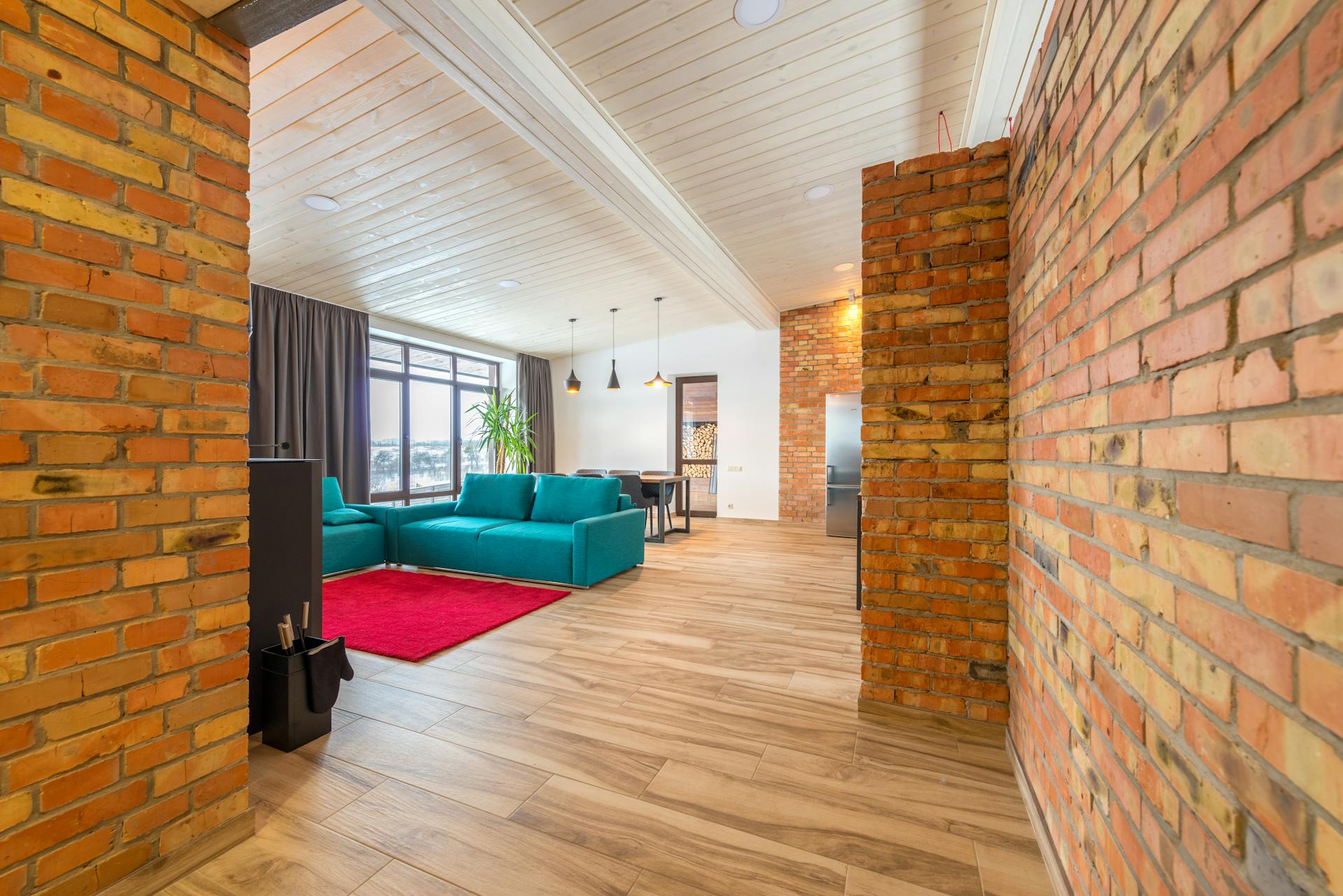
Living in a residential home can offer a wonderful opportunity to explore new hobbies or rekindle old passions that may have been set aside during earlier stages of life. With a supportive environment and often more free time, residents can pursue activities that enhance their physical, mental, and emotional well-being.
Whether residents are looking for social interaction or prefer solitary pursuits, there are numerous hobbies that can bring joy and fulfillment, as described in the following article.
1. Arts and Crafts
Arts and crafts are a popular choice in residential homes, as they allow for creativity and self-expression. Whether it’s painting, knitting, crochet, or pottery, these activities engage both the mind and hands. For those who are looking to develop a skill or maintain fine motor control, crafting can be a calming yet stimulating activity. Many residential homes (like the one found at stpetersbury.com) offer group crafting sessions, which are a great way to connect with others and exchange ideas.
Knitting and crochet, in particular, are ideal for older adults because they don’t require extensive mobility and can be done at one’s own pace. Creating scarves, blankets, or even small gifts for family members or local charities can also give residents a sense of purpose.
2. Gardening
Many residential homes offer garden spaces or even small balcony gardens that residents can maintain. Gardening provides both physical and mental benefits, as it encourages outdoor activity, which helps with mobility and muscle strength, while also fostering a connection to nature. Tending to plants—whether growing flowers, herbs, or vegetables—can bring a sense of accomplishment and satisfaction as residents nurture their seeds from the time they are planted until they bloom or are ready to be harvested.
Even for those with limited mobility, indoor gardening or container gardening with small plants can still be a fulfilling hobby. The sensory experience of touching soil, smelling flowers, and observing plant growth can bring peace and joy to everyday life.
3. Reading and Book Clubs
For those who enjoy the quiet, reading is a perfect hobby. Residential homes often have their own libraries or access to nearby public libraries where residents can borrow books on various topics, from fiction and non-fiction to autobiographies and historical works. Reading stimulates the brain, keeps cognitive functions sharp, and provides an escape into different worlds and ideas.
Book clubs can also be a fantastic way for residents to come together, share thoughts on a particular book, and engage in stimulating discussions. This creates an opportunity for social interaction, critical thinking, and mental engagement, while also fostering friendships around shared interests.
4. Puzzles and Games
Puzzles, whether jigsaw or word-based, are great for keeping the mind active. Jigsaw puzzles help with concentration and problem-solving skills, while crosswords, Sudoku, and word searches keep the brain sharp and improve memory retention. Many residential homes organize game nights or puzzle groups, providing residents with a fun and interactive way to spend time together.
Board games and card games, like chess, checkers, bingo, and bridge, also promote cognitive function while encouraging social interaction. These activities provide mental stimulation, which is essential in preventing cognitive decline, while also being an enjoyable way to spend time with peers.
5. Exercise and Movement Classes
Staying physically active is important at any age, and residential homes often offer low-impact exercise classes tailored to the abilities of their residents. Popular activities include chair yoga, Tai Chi, or simple stretching exercises. These activities are designed to promote flexibility, balance, and overall fitness, helping to maintain mobility and prevent falls.
Group exercise sessions also create a sense of community, as residents can motivate each other and enjoy the social aspect of staying fit together.
6. Music and Singing
Music can be a deeply therapeutic and enjoyable hobby, whether through listening, singing, or even playing an instrument. Many residential homes organize sing-alongs, where residents can come together to sing their favorite songs from their youth or learn new ones. Group singing is not only fun but also stimulates the brain and can boost mood through the release of endorphins.
For those who prefer playing an instrument, many homes provide pianos or allow residents to bring their own instruments. Music lessons or group performances can be arranged, giving residents an opportunity to reconnect with musical hobbies they once enjoyed or try something new.
7. Cooking and Baking
Many residential homes offer kitchens or supervised cooking areas where residents can participate in cooking or baking sessions. Preparing favorite recipes, trying new dishes, or baking treats can be a fun and sensory-rich activity. Cooking not only engages multiple senses but also provides a sense of accomplishment. Group cooking sessions can also lead to sharing meals together, adding a social element to the activity.
Conclusion
Living in a residential home doesn’t mean giving up hobbies or personal interests. In fact, it can be a time to explore new hobbies or return to beloved pastimes. From creative activities like arts and crafts to mentally stimulating games and physically engaging exercise classes, there are endless opportunities for residents to stay active, engaged, and fulfilled. These hobbies not only improve quality of life but also help foster a sense of community, joy, and well-being among residents.

Speak Your Mind